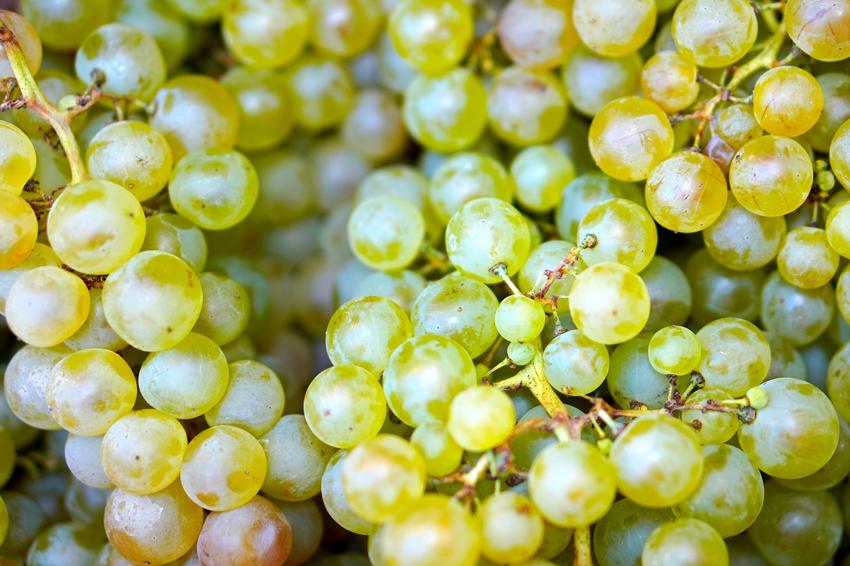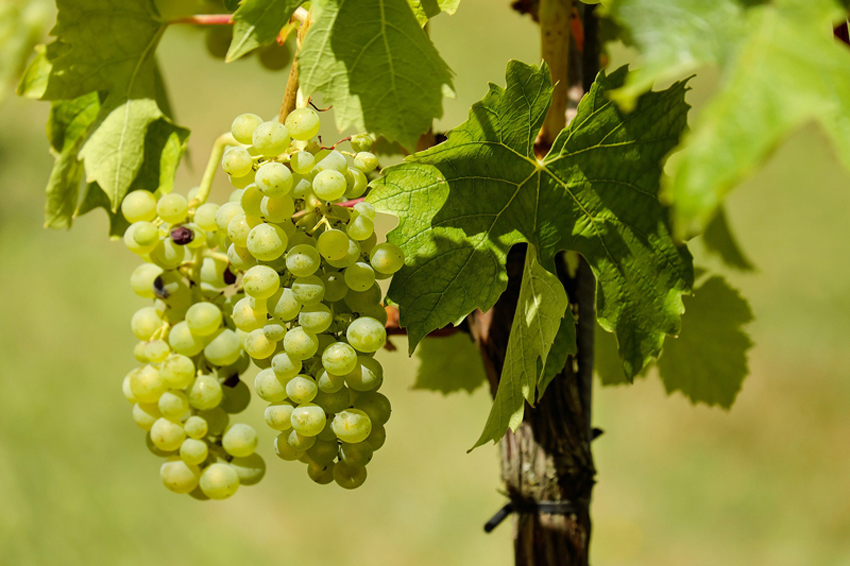All about Albariño
Albariño is a high quality, aromatic, delightfully crisp and refreshing white grape variety that is said to have originated in Galicia in North West Spain where it was introduced to the area in the 12th century by the Cistercian monks. Albariño was one of the first varietal labelled wines in Spain and has enjoyed huge success internationally in recent years.
Characteristics of Albariño
Flavour and aroma characteristics include grapefruit, nectarine, peach, apricot and honeysuckle with an underlying saline minerality. They always have mouth-watering acidity, which is balanced by flavour, body and texture of the wine. They are intended to be consumed in their youth whilst they are still fresh and do not benefit from further ageing.
Rías Baixas DO
Rías Baixas DO is the most famous region for Albariño, situated on the Atlantic coast of North West Spain. This DO is spilt into five sub-regions that all have slightly different geography, topography and soils which in turn produce slightly different styles of Albariño (the nuances can be rather subtle). It is produced as a single varietal, and is very rarely blended.
The climate in the region is moderate with a lot of coastal mist and high rainfall, yet also benefits from extended hours of sunshine. The granite and schist soils are rich in minerals, which are conveyed in both the flavour and minerality freshness in the wine.
Albariño is naturally a pretty vigorous variety which can be high yielding. Therefore, yields needs to be controlled and reduced to produce high quality grapes. The grape itself has a tough, thick skin that has been adapted to suit the damp climate. It ripens well with high acidity and intense flavour. Grapes are trained high - up to 7ft, to allow breezes to pass through the vines to prevent mildew and promote even ripening. At harvest time, the grapes are all handpicked and delivered to the winery quickly to prevent oxidation. No malolactic fermentation takes place to preserve freshness and purity in the final wine. Some producers decide to implement a bit of lees contact or lees stirring, to add richness and weight.


Where else is Albariño grown?
The grape is called Alvarinho in Portugal, where it is grown just over the border from Spain in the Northern region of Minho where it is generally blended with other native varietals. It is a key component in the blend of Vinho Verde wines, however, you are beginning to see it more often as a single varietal because of its high-quality and distinctive characteristics.
It is also grown in Southern France where it has been a permitted grape variety in the Languedoc Roussillon region since 2010. We are now seeing an increase in plantings in the New World; most notably in Hawkes Bay, New Zealand, where is it producing a classic style with signature citrus and stone fruits with enhanced texture and weight due to lees stirring.
Food to pair with Albariño
This coastal effect really influences the wine with a lovely saline undertone. As such, Albariño is known as the wine of the sea and pairs perfectly with sea food such as scallops and mussels, as well as freshly grilled sardines or sea bass.


Top Albariño Picks


Lembranzas Albariño, Rías Baixas, Spain
Grown in the Rias Baixas region of Galicia in the north-west of Spain. Vibrant nose of pear, peach and apricot. Luscious, creamy and silky palate supported by lively acidity and a touch of salinity of the finish. This is as good as Albariño gets!


Pazos De Lusco Albariño, Rías Baixas, Spain
Meaning 'sunset' in the local Galician dialect, Lusco is a vibrant, bright and relatively full-bodied Albariño. It has a powerful nose with aromas of fresh herbs, tropical fruits and floral tones. Fresh and complex on the palate, the wine is unctuous, soft and refined.


Foncalieu Sillages Organic Albariño, Languedoc, France
Made in Mediterranean-influenced vineyards in the Languedoc, tempered by cool ocean breezes, this delicious wine shows that innovation is alive and well in traditional French regions. A brilliant appearance with golden tints and a bouquet of white flowers fresh fruit; pineapple, peach, nectarine and kiwi. On the palate it is fleshy, fresh and mineral. The finish is long-lasting and floral.


Esk Valley Artisanal Albariño, Hawkes Bay, New Zealand
This is a single vineyard wine from the Two Terraces Vineyard. As the name suggests the vineyard stretches over two gravelly river terraces formed by the Ngaruroro River at Marekakaho. This is a very warm and dry site, with cool nights which helps with the retention of acidity. This is a very rich and full-bodied wine. The aromatics and intensity of flavour are rare, showcasing the peach and tropical fruit flavours the variety is renowned for. A portion of barrel fermentation has added richness and complexity to this delicious wine.






